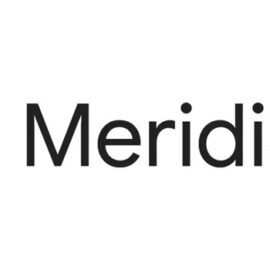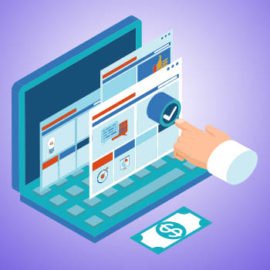
|
Getting your Trinity Audio player ready...
|
Talking about paid traffic on the internet is a very thick topic. This is because many people start their digital businesses believing that with practically no investment they will achieve their goals. And also because there is a (justifiable) fear of throwing money away.
In this article, we will understand what paid traffic is and how to put together a strategy that makes sense for your objective.
What is paid traffic
Traffic is the public that visits a page, website or online store. Paid traffic is all visitors who arrive there through an advertisement.
As obvious as it may seem, we often see it happen that a website is launched and simply receives no visitors, other than those directly linked to the project. And from relatives and friends.
It's more or less like organizing an event, not publicizing it and having an empty auditorium when it happens. This happens for a good reason. Organic traffic, the one we get as a result of search engines such as Google, Yahoo, Bing or DuckDuckGo (just to name a few) does not come overnight. For this type of traffic, we put together a SEO (Search Engine Optimization). And this type of strategy takes time.
It's an easy question to understand. At the time I wrote this article, there were already more than 1.7 billion websites worldwide. Indexing and finding everyone is not an easy task. And much less appear overnight simply by posting a page.
That's where paid traffic comes in. The moment you put up your website, Virtual store or live page, you can drive immediate traffic to your website or store. For this, there are several platforms, the best known of which are Google Ads and the Facebook Ads.
SEO and SEM
Another confusion in people's minds happens when we talk about Google. And then definitions such as SEO and WITHOUT (Search Engine Marketing) and the salad is ready. To be very direct, SEO is linked to technical and content adjustments, attraction strategies for search engines. In other words, optimizations and improvements so that the tools find the content of the pages in the best way, which would improve the site's ranking.
SEO is important for both organic and paid traffic. But what's the difference? Organic is traffic that comes from search engines, without being via paid ads. But organic, although it may not seem like it at first, also ends up having a cost: time, dedication and SEO techniques.
And SEM is everything that involves search engine strategy, both organic and paid. Therefore, paid traffic can be part of an SEM strategy if we are talking about sponsored links.
In short: organic traffic is all traffic that arrives without clicking on ads and paid traffic is all that comes from ads directed to the website's pages.
Why invest in paid traffic
Organic traffic, without a doubt, tends to be much more qualified. And lasting. But it takes time and a lot of study. The technical part is fundamental. But it's a Marathon.
Paid traffic is not as demanding on the technical side, although there are many details involved. But it can generate immediate results. Although it has a dispersion rate, a well-executed campaign can bring many results. I would say it's a 100m sprint.
How paid traffic works
There are basically two ways to work with paid traffic: by CPC (cost per click) and by CPM (cost per thousand impressions). Generally, platforms work by bidding (bids), but there are some differences between each of these forms:
- In CPC, you pay for the click on your ad. It's a cool model for anyone who wants to control their investments and know exactly how much traffic it will bring to the website. It is the best known format for those who work with Google Ads, the famous sponsored links.
- In CPM, the focus is on the number of impressions, the number of times people see the ad. You are charged for every thousand impressions, regardless of whether people click on the ad or not.
There is no model better than the other. Everything will depend on the objective of the campaign, your business and how much you are willing to invest.
Paid traffic platforms
There are several platforms for advertising and driving paid traffic to your website, page or online store. You can even work with several different sources. One of the main points to note is linked to your target audience and also the amount of information you will receive from the platforms.
With the growth of programmatic media, information has become increasingly richer and more precise. This way, you can segment your campaigns as much as possible, which will make the quality of the traffic you receive the best possible.
Programmatic media platforms allow you to schedule campaigns across a variety of different sources, in both CPC and CPM formats, including sources like Google Ads and Facebook Ads.
Other important sources of paid traffic include LinkedIn Ads (which works with B2B), Youtube Ads, Twitter Ads, Bing Ads, Instagram Ads (which is part of the Facebook Ads platform) and Youtube Ads. But any website can have advertising space available, which means that the so-called Display Networks also gain important space.
It is important to keep in mind that several factors influence your paid traffic. To hit the target, have a persona (ideal client) very well designed and understands the purchasing journey of your client. And finally, test and tweak!
Want to get the best paid traffic to your website? Speak to a Vero Contents expert!

Marcel Castilho is a specialist in digital marketing, neuromarketing, neuroscience, mindfulness and positive psychology. In addition to being an advertiser, he also has a Master's degree in Neurolinguistic Programming. He is the founder and owner of Vero Comunicação and also the digital agency Vero Contents.



